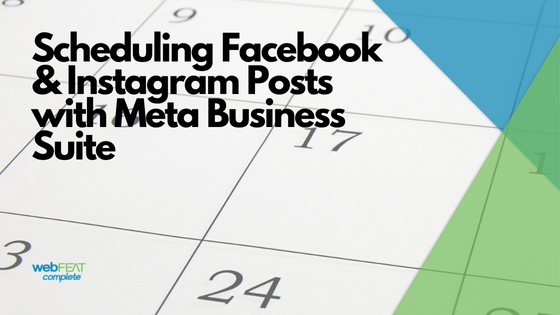In part one of this series, we discussed Static and Dynamic URLs and how they can improve user experience and crawlability. With part two we’re going to shift focus to internal and external links.
If you’ve explored the possibility of an SEO campaign before or are an SEO, you surely know how important acquiring backlinks to your domain is. I’ve found that because of this, internal linking structure and best practices are often overlooked. Backlinks help you sustainably grow your presence in search, but we can never forget about how users experience your website once they arrive.
By giving attention to website design elements and integrating some SEO best practices, you can control user experience and deliver positive engagement metrics to search engines that will assist in improving your rankings.
Link Flow
When you think about it, the premise of an internal link is pretty simple: bring users from one page to another. There will be internal links to other pages on your website, and external links to other websites (which we’ll get to in a bit.)
Why do those links come about in the first place? A relevant product, service or article is associated with whatever you’re discussing on a particular page. Back in the day with PageRank, folks would add way too many internal links in a spammy fashion to try and manipulate the way their pages were being interpreted by search engines. While it’s good to keep that concept in mind, we are now in the era of the user. Most of the efforts we make are made to ultimately please Google and other search engines. I’d say 75% of the time you need to please the user in order to please search engines.
That being said, I’m putting internal links on my site that help the user.
Examples
- Products
- Consider Amazon. You go to purchase a pack of laundry detergent pods. When you go to check out, you may be presented with add-on items like dryer sheets. This is a relevant product that a user very well may want, and in Amazon’s case it can make them more money too. They also put similar products on pages, that makes it easy for users to explore their options, and find exactly what they’re looking for
- Services
- Let’s say you are a plumber. Your website covers the basic plumbing services most plumbing companies offer. Perhaps you have a page about drain cleaning. Within that page it’s discussed that folks use drain cleaning products that ruin their pipes and that you offer a pipe repair and replacement service too. Linking to that page makes sense—the user can learn about that service as well, if that situation applies to them.
- Articles/Blog Posts
- There is actually an example of this in this very blog post! At the top of the page I referenced the first part of this blog post. I did this in case part 2 is the first post of this series a user has found and is interested in learning more about other website design elements that can play a role in ranking well. If an article or blog post is talking about a product or service you provide, it may link back to that product or service as well to help the customer along on their journey.
When effectively placed, these internal links seem natural to the users: they can flow through the website and read it with ease. This can help users to spend more time on your website, explore more pages, and potentially contact you. All of these are either good for your business or good for engagement metrics that influence rankings. Worst case, people are spending a lot of time on your website viewing a lot of pages, but the phone isn’t ringing and forms aren’t being completed. In that case, you can identify what is missing, whether it is a piece of information, a call to action, or something else.
Opening External Links in the Same or New Tab
From time to time on your website, you’ll also link externally, supplying a business or entity with a backlink, which they’ll surely be happy about. If you’re linking out to someone, make sure they earned it, and that the information they supplied was not only helpful to you, but also to others.
External links are frequently referenced in blogs and articles where folks are discussing something. In the SEO industry, many times we reference authorities because of the studies they’ve done. Perhaps you gathered a statistic from somewhere and you want to cite them; there are many possibilities.
Whenever you link to a different website, best practice is to open that link in a new tab. If you don’t, users are taken away from your website, ending their session and worsening the associated engagement metrics. The user may want to read whatever you linked to after reading your post, so by keeping it in the same window it messes up their readability experience. If the links open in a new tab, someone can read it right away and easily come back to your post to pick up where they left off. If they want to read it later, it’s sitting in another tab of their browser.
Sometimes this concept can apply to internal links too. For example, if I’m discussing a specific strategy of SEO and how it improves rankings, I could link to another page on the site showcasing proof that it improves rankings. If it’s in the middle of the post, I may have it open in a new tab. If I’m trying to make the user do something (read, contact, etc.) at the end of the post where they would be done reading, it would be fine if that link opened in the same tab.
As we browse the internet, these little things aren’t something everyone thinks about or even becomes aware of. However, if you pay attention to them with your business or the business you’re working with, it can result in improvements to user experience and engagement metrics. If users are regularly spending time on your site, viewing multiple pages, and sending signals to Google that your website is supplying them with what they want, it will encourage your rankings to improve. Again, this is a minor part to it, but as I mentioned in another recent post: every little action counts in an SEO Campaign.
If you’d like to build these discussed strategies and many others into your existing website, or design a new one with all best practices in mind, contact us.
For all the SEO’s out there reading, I’d love to hear your feedback in the comments.
Thank you all for reading!
“”





